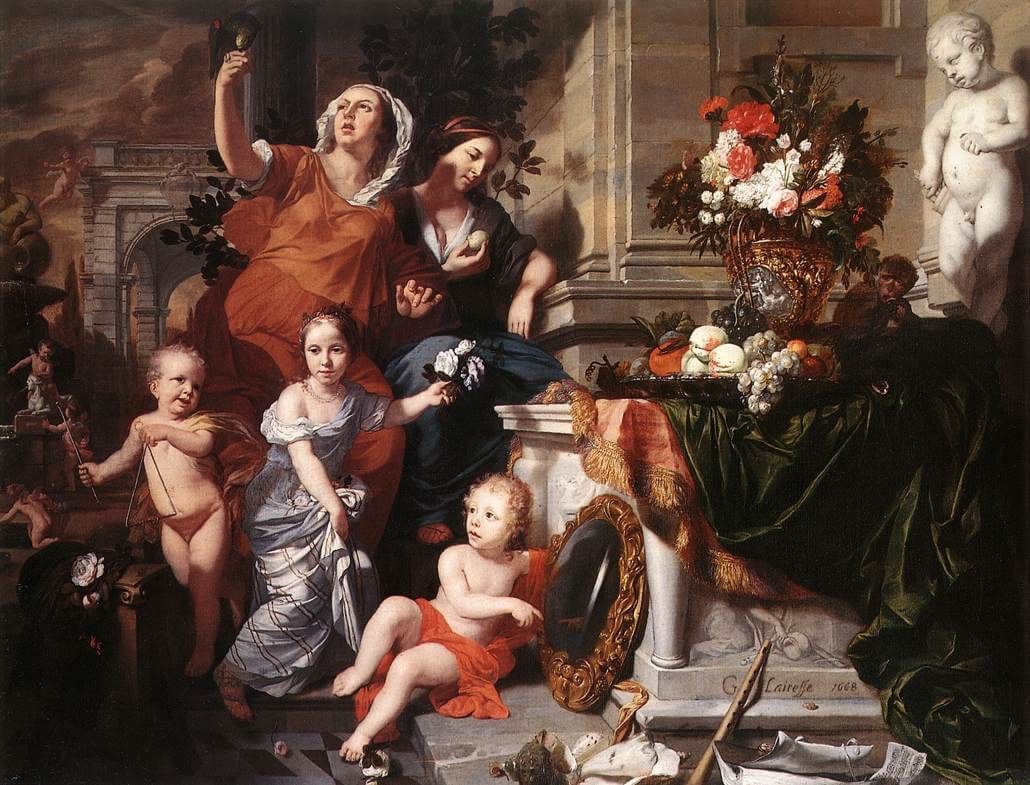Melt my heart0:50
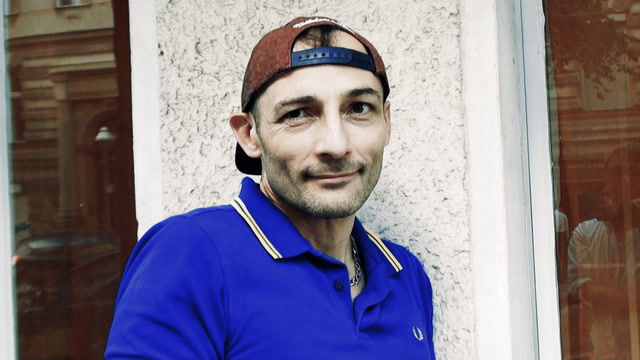
Melt my heart0:50
We witness a magical moment.
Christophe is putting his left hand on his chest. His eyes express true joy. The perfumer is almost bursting with pleasure while declaring his love for camomille. Christophe recalls the name Elizabeth Ganes, the founder of the high-quality brand StrangeLove NYC mentioned in her briefing: Melt my heart. At the same time the scent affects Christophe emotionally. He cannot control his feelings: Christophe literally embodies the claim: Melt my heart. In many cases a perfumer does not even know the name of the scent when creating. Does this little thing make a difference to the quality of the final composition? Based on this scene one might think so.
A naïve child3:37
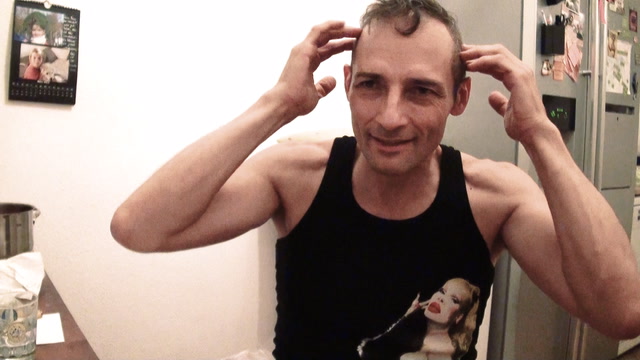
A naïve child3:37
How does Christophe approach even well known raw materials?
Students often think of learning as an unidirectional accumulation of knowledge. Critical scrutiny, however, reveals that prior knowledge might even hinder efforts to learn or acquire new knowledge: As the British social scientist Gregory Bateson once said: «You can't live without an eraser». Hence, practices of unlearning are essential for all types of knowledge work. In the case of Christophe we often saw him approaching even well known raw materials as if he had never smelled them before. This made us wonder and we asked him about this practice. In fact, there is reason to believe that creative practices hinge upon this kind of open approach.
Evaluative moments2:33
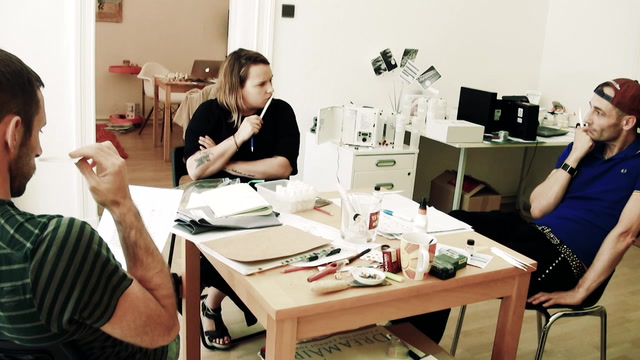
Evaluative moments2:33
Three professionals engage in smelling and discussing an advanced modification of Meltmyheart, a fragrance by StrangeLove NYC.
We see how Christophe Laudamiel, Christoph Hornetz and the flavorist Marlene Staiger spontaneously share their impressions and associations. Apparently, there is no one way of evaluating a scent. A closer look reveals how micro-practices of smelling and using blotters can differ. Christophe is particularly interested how the other two experience a certain effect that he describes as «hot metal effect». The subtitles show how the three professionals cannot agree on what the dominant note of this scent smells like: caramel, coconut and hot metal stand next to each other. A shared interpretation of what they are actually smelling seems to be rather unimportant. Yet, something is achieved in this communication. It is neither explicit agreement nor disagreement. Instead it is the affective experience the three professionals express and collectively interpret as «good». And it is this affective experience that might be key to understanding how organizing is accomplished in a creative context. Is it possible that affects really constitute an organization?
Beyond words1:43
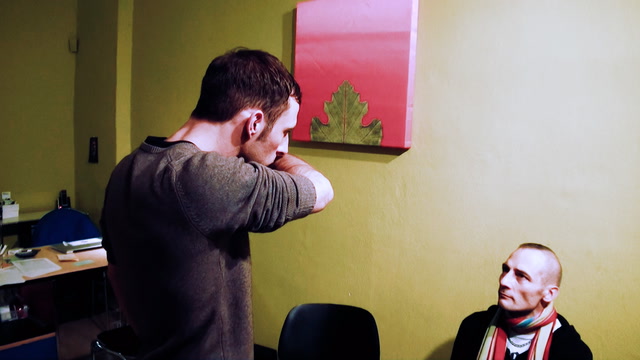
Beyond words1:43
Bodily ways of knowing help Christophe go beyond the limitations of an individual creator.
Christophe Laudamiel once described a perfumer as someone «who masters the behaviour and the perception of volatile molecules by the nose and the brain». Accordingly, a perfumer definitely knows how to create a perfume. Yet, this clip reveals the limitations of an individual creator. Practices of collective smelling and sense-making are needed to challenge and confirm the creative path. In this respect a scent development project serves as an extreme case: Verbal utterances account only for a small fraction of human communication. In addition, body language & posture, silence, gestures and face grimaces function as nonverbal feedback. At first sight, this clip might seem boring because there is not very much happening. At a deeper level however, one can notice the deep uncertainties a creator bears. Experiencing scents, sensing, and sense-making emerge mutually in active and reflective practices that have to cope with the paucity of language to describe scents and engage with bodily ways of knowing.
Mundane lab work4:00
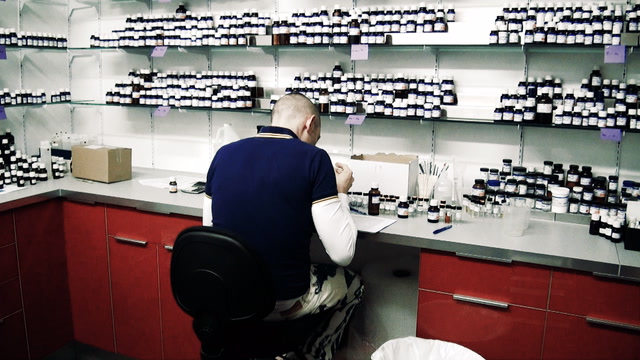
Mundane lab work4:00
Perfumery is not always glamorous. Creativity unfolds in a nexus of mundane work practices.
Perfumery is practiced in a lab. The lab serves several functions. It is a storage space for the ingredients that are alphabetically shelved. More sensitive materials are kept in a designated refrigerator in the lab. Moreover, the lab provides specific tools and equipment (e.g. scientific scales). As a special workplace the lab is the place for creating solutions of solid materials or weighing formulae. The lab also serves as the perfumer’s archive where modifications of completed projects are stored. All in all, the lab provides access to the world of the volatile molecules. While observing Christophe’s creative process we were surprised how often he went to the lab to reconnect to his material base.
Leading Perfumery schools often expect a formal education in chemistry. For example, Christophe Laudamiel studied chemistry in France and eventually earned a Masters degree from MIT. Nevertheless there are other eminent perfumers who never studied chemistry: Francois Coty, Ernest Beaux, and Jean Carles, to name three titans of perfumery. Thus, the relevance of a formal education is certainly debatable. But there is no doubt that a profound understanding of chemical compounds, how they behave or react with each other is essential. At the end of the day the scent development process must follow scientific practices and comply with technical standards and procedures. Hence, this clip zooms into the mundane, less spectacular aspects of lab work. The current discussion of design thinking often reduces design practice to an immaterial, intellectual problem solving technique. In this one-sided context, a closer look at mundane lab work put renewed emphasis back into material practice.
Wet dog: Chasing the villain5:52
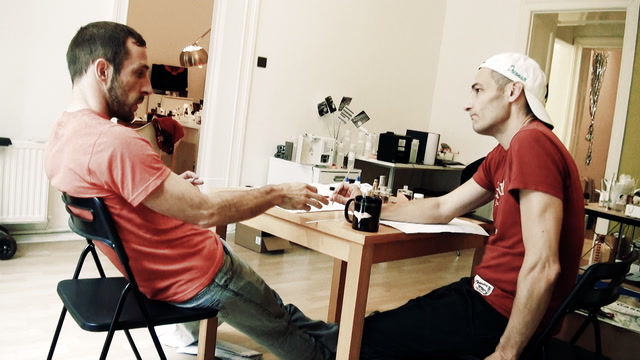
Wet dog: Chasing the villain5:52
This clip features a puzzling mystery Christophe encounters when developing a new scent for Strangelove NYC
In most cases, a perfume is meant to be a pleasurable odor. Technically, it is a mixture of essential oils, aroma compounds, and solvents used to provide an agreeable scent. Yet, the process is more complex than often explained. A useful fragrant ingredient might turn out to be an objectionable odor in a specific combination or concentration: Skatole (from the Greek root skato – meaning «dung») for example, is an indole with a strong fecal odor at high concentrations, but it is often used in perfumery at a much lower concentration where it has a pleasing floral scent. Following the development of a jewel-like fragrance we witnessed how Christophe Laudamiel and Christoph Hornetz suddenly discovered an unpleasant facet, an annoying animalic note. Laudamiel calls it a «wet dog» that only appears after some delay. The two perfumers are puzzled. The phenomenon seems to be really special, if also undesired. They investigate the composition, ingredient by ingredient. In the end, the detective search for malodor delivered a suspect for which Christoph Hornetz had noticed the same unexpected effect in other previous instances: Natactone®. The odor of this chemical compound is often described as «tropical coconut, tonka bean and tobacco». Thus, this clip tells the detective story of a puzzling mystery.
Key quotes with this tag
Images with this tag
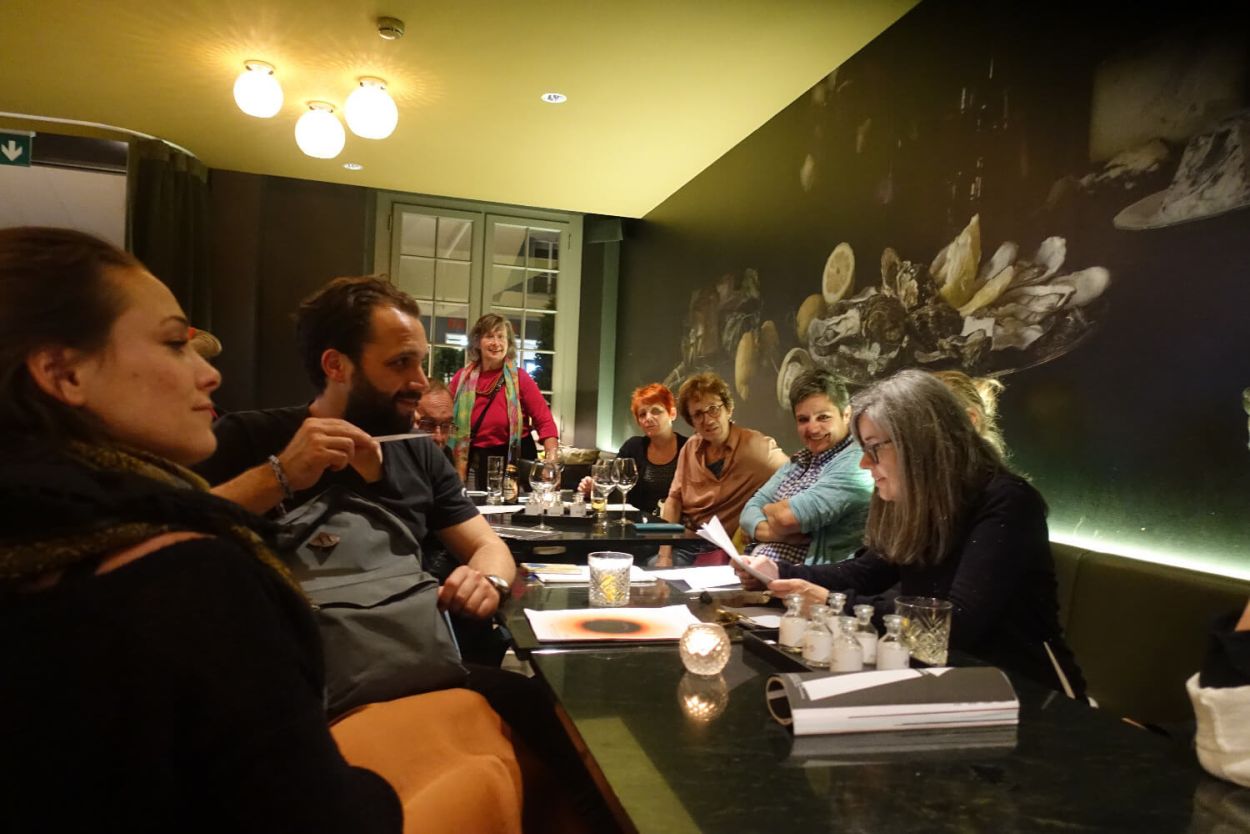
Courtesy of scentculture.tube
Public reading of Tim Krohn’s scent inspired stories at an olfactory storytelling festival, Solothurner Literaturtage, 2019.
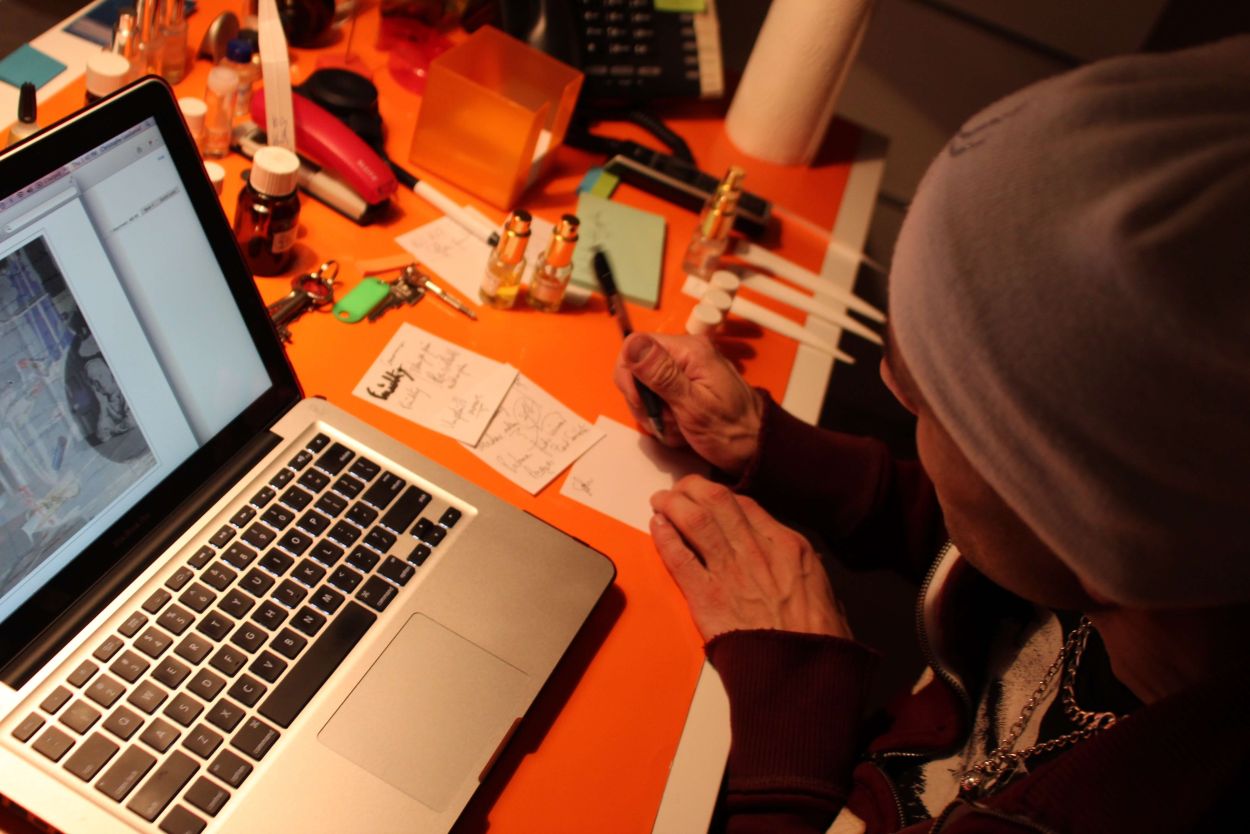
Courtesy of scentculture.tube
Working on a scent brief: making notes. A few moments later the search for papery notes unfolds.
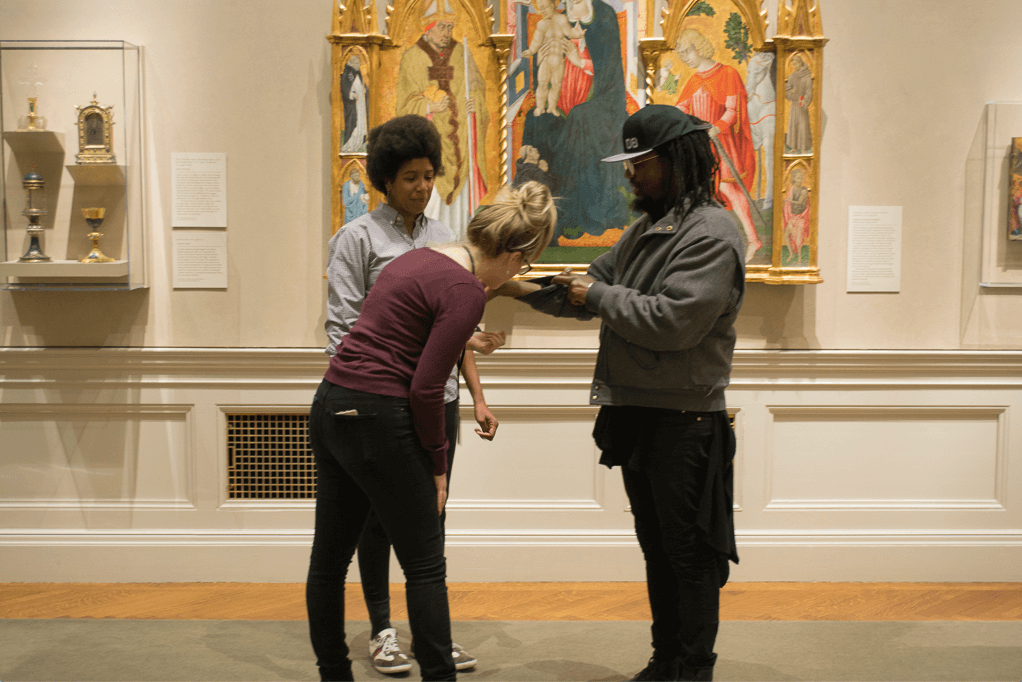
Courtesy: Brian Goeltzenleuchter: Patron Demographic Profile 2016.
Visitors experiencing Sillage, an olfactory artwork by Brian Goeltzenleuchter, at the Walters Art Museum, Baltimore.
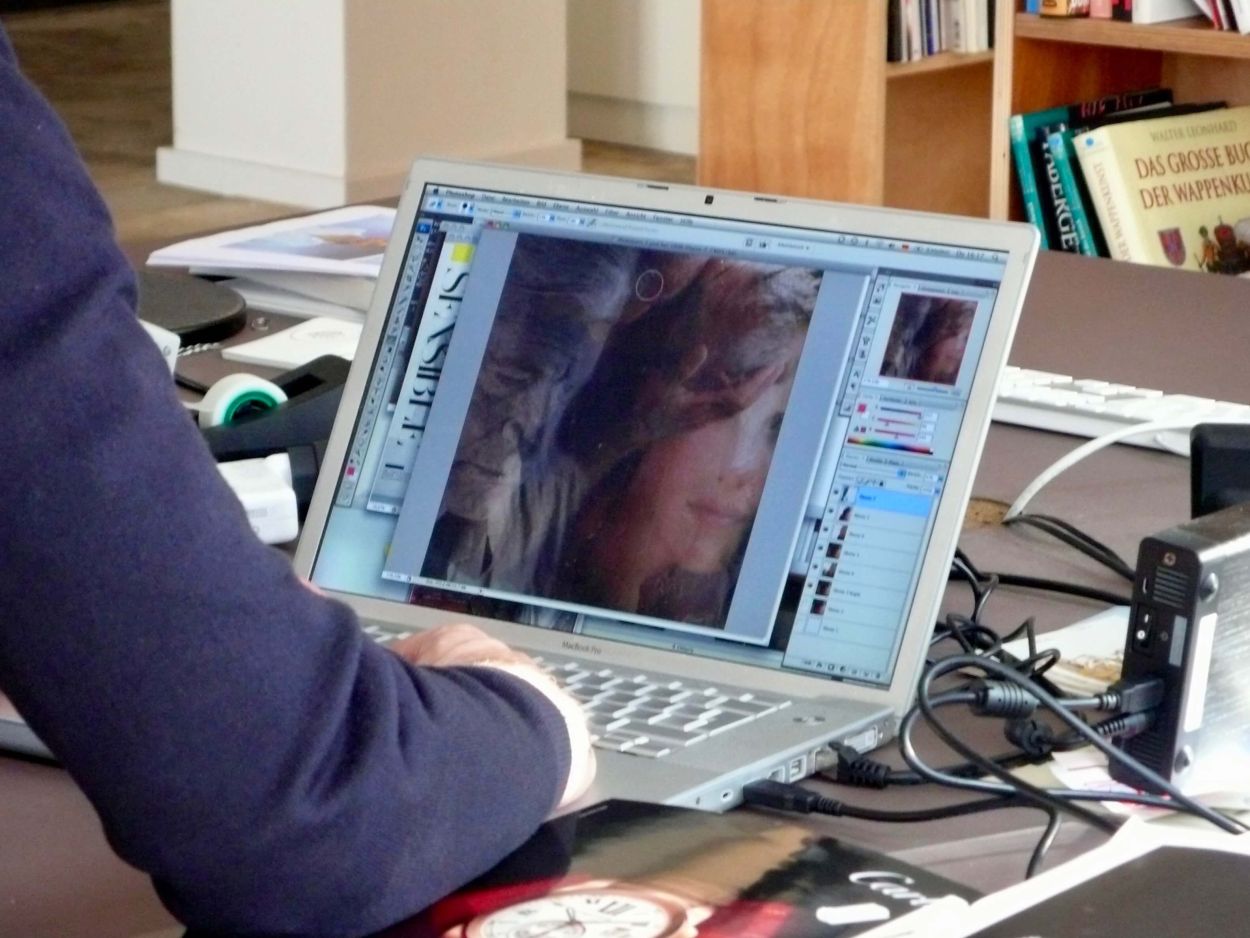
Courtesy of scentculture.tube
Sebastian Fischenich, the creative director of Humiecki & Graef, working on the briefing.
All Tags
- Affect
- Ambience
- Ambiguity
- Analogy
- Analyzing
- Artifact
- Associating
- Briefing
- Christophe Laudamiel
- Classifying
- Consuming
- Creating
- Culture
- Deciding
- Desk work
- Embodiment
- Ephemeral
- Ethnography
- Evaluating
- Experimenting
- Hemingway
- Humiecki & Graef
- Industry
- Ingredient
- Interaction
- Labelling
- Laboratory
- Metal
- Modifications
- Mundane work
- Orange Flower
- Paper
- Presenting
- Sense-making
- Shalimar
- Smelling
- Storytelling
- Still life
- Strangelove NYC
- Translating
- Visual
- we are all children
- Words
